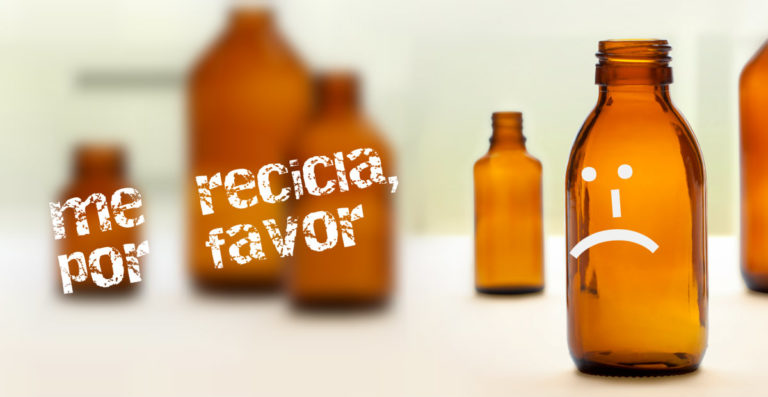Advertisements
The nail polish and beauty products market in Brazil is huge and continues to grow. In 2012, the sector had revenues of around R$3.69 billion, with sales expected to surpass R$6.5 billion by 2017, according to the website in-cosmetics. However, this growth also brings to light an important environmental issue: nail polish recycling. Many may think that a single bottle is harmless, but when we consider the millions of bottles discarded annually in Brazil alone, the environmental impact becomes significant.
The lack of specific legislation on the disposal of beauty products in general makes the problem worse. Without a clear solution, the management of this waste is compromised, especially when it comes to nail polish and its packaging, which can contain harmful substances.

The Environmental Impact of Nail Polish
Nail polishes contain chemical compounds that are harmful to health and the environment. Some of these compounds include:
- Dibutyl phthalate (DBP): A plasticizer that can cause health problems. Although it is not restricted in Brazil, it is banned in Europe.
- Formaldehyde: Considered carcinogenic by the World Health Organization (WHO) since 2004 and by the US Environmental Protection Agency since 2011. In Brazil, cosmetic use is still permitted.
- Chromium and Nickel: Found in brightly colored nail polishes, these are toxic substances that can affect health and the environment.
When these products are discarded without proper criteria, they can contaminate the soil and water. If incinerated, they release toxic gases, further aggravating the environmental problem.
Recycling Challenges
The recycling of enamel is a significant challenge due to several factors:
Small Waste: Enamel debris is usually in small quantities, making collection and processing less efficient and economical.m cans and nail polish scraps and find out what to do with cosmetics you no longer use.
Chemical Substances: The components of nail polish make recycling complicated. The toxic substances present can contaminate other recyclable materials and the environment.
Lack of Legislation: In Brazil, there are no specific regulations for the disposal of nail polish and beauty products, which makes it difficult to implement effective recycling systems.
What to do with used bottles?
Although recycling of nail polishes complete is difficult, there are some best practices for dealing with this waste:
Use to the End
Avoid wasting nail polish. Use it until the end and avoid buying colors that you will only use a few times. For specific cases, consider using it in beauty salons, where consumption is higher and waste can be minimized.
Cleaning and Recycling Bottles
Recycling nail polish bottles is possible, but it requires some extra effort. Follow these steps to prepare your bottles for recycling:
- Glass Cleaning: Use nail polish remover to clean the container. Repeat the process twice to ensure most of the polish is removed.
- Solution Disposal: After cleaning the glass, pour the solution onto a used newspaper, let it dry, and then dispose of the newspaper in the regular trash. This helps prevent contamination of other recyclable materials.
Crafts and Reuse
If recycling doesn't seem feasible, consider creatively repurposing old bottles. enamel:
- Craftsmanship: Nail polish bottles can be used in craft projects. Use them to create decorative objects or as small containers for various uses.
- Reuse: Explore other ways to reuse packaging, such as to organize small items or to give as gifts.
Collection Initiatives
Some companies are starting to implement initiatives to collect and recycle beauty products. Risqué, for example, has started a campaign with collectors in some stores, but the scope is limited. Check if there are collection programs in your area and participate whenever possible.
National Solid Waste Policy
According to the National Solid Waste Policy, manufacturers are responsible for disposing of products. Beauty salons and other establishments that use large quantities of nail polish should contact manufacturers to seek appropriate solutions for managing this waste.
Education and Awareness
Raising awareness about the importance of correct waste management enamel is essential. Educate yourself on correct disposal practices and share this information with others to help promote sustainability.
A product recycling and their packaging presents significant challenges due to the presence of harmful chemicals and the lack of specific regulations. However, with appropriate practices, such as responsible use, cleaning and reuse, it is possible to mitigate the environmental impact of these products.
While we wait for more effective solutions and specific regulations, every small action counts towards reducing our environmental impact. By adopting conscious practices and promoting education on proper disposal, we can contribute to a more sustainable and responsible future in the use of beauty products.
Check out other interesting facts about recycling clicking here.
Learn how to make art by recycling, Click here.




Companies should pay workers to collect